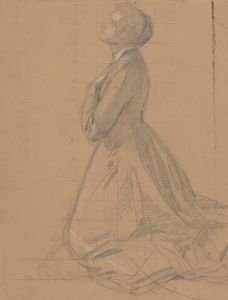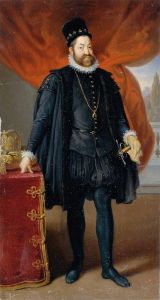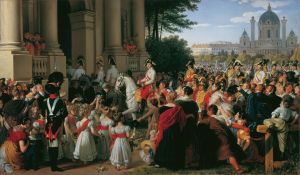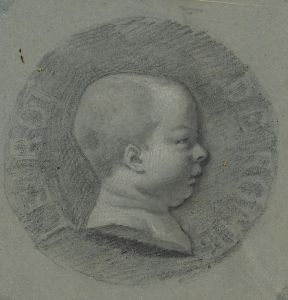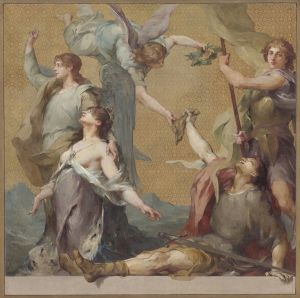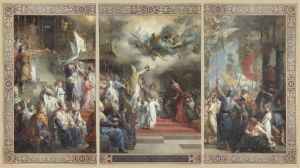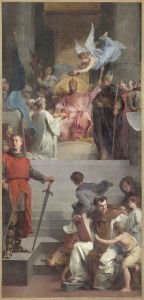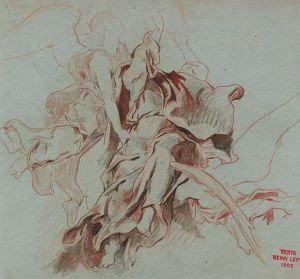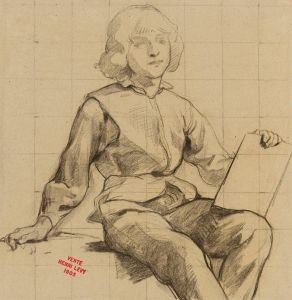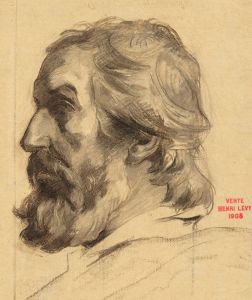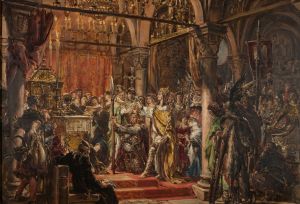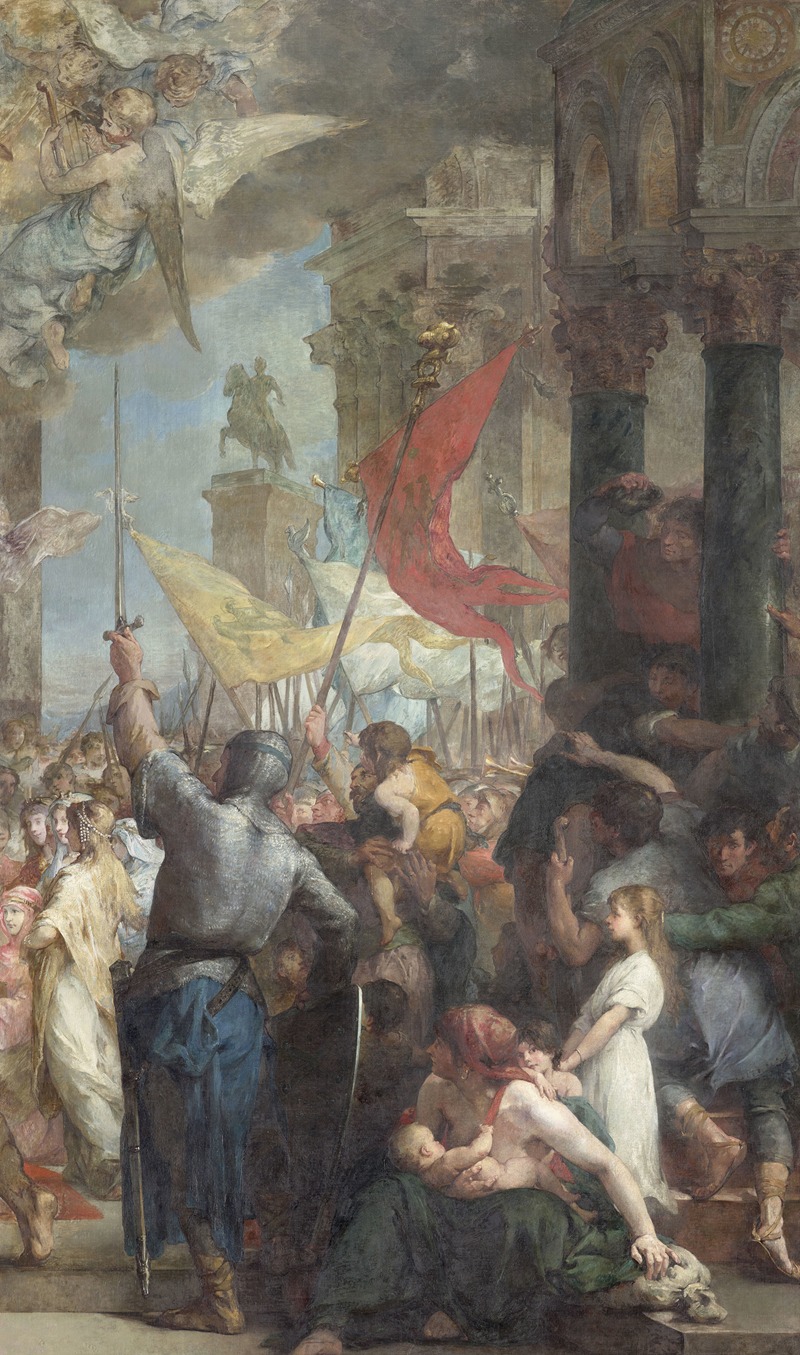
Le Couronnement de Charlemagne
A hand-painted replica of Henri Leopold Lévy’s masterpiece Le Couronnement de Charlemagne, meticulously crafted by professional artists to capture the true essence of the original. Each piece is created with museum-quality canvas and rare mineral pigments, carefully painted by experienced artists with delicate brushstrokes and rich, layered colors to perfectly recreate the texture of the original artwork. Unlike machine-printed reproductions, this hand-painted version brings the painting to life, infused with the artist’s emotions and skill in every stroke. Whether for personal collection or home decoration, it instantly elevates the artistic atmosphere of any space.
Henri Léopold Lévy's painting "Le Couronnement de Charlemagne" is a notable work that captures the historical moment of Charlemagne's coronation as the Emperor of the Romans. Lévy, a French painter born in 1840, was known for his historical and religious subjects, often depicted with dramatic flair and attention to detail. His works were part of the broader 19th-century European tradition that sought to revive interest in historical events through art.
"Le Couronnement de Charlemagne" specifically portrays the significant event that took place on December 25, 800 AD, when Charlemagne was crowned by Pope Leo III at St. Peter's Basilica in Rome. This event marked the revival of the title of Emperor in Western Europe and laid the foundation for what would later become known as the Holy Roman Empire. Charlemagne's coronation was a pivotal moment in European history, symbolizing the fusion of Roman, Christian, and Germanic elements that characterized the medieval period.
Lévy's depiction of this event would likely have been influenced by the historical and cultural context of 19th-century France, a time when there was a strong interest in medieval history and the legacy of the Carolingian Empire. The painting would have aimed to capture the grandeur and solemnity of the coronation ceremony, reflecting both the religious significance and the political power it conferred upon Charlemagne.
The composition of the painting, while not detailed in available records, would typically include key figures such as Charlemagne himself, Pope Leo III, and various attendants and dignitaries present at the ceremony. Lévy's style often involved rich colors and dynamic compositions, which would have been employed to convey the majesty and importance of the scene.
Lévy's work, including "Le Couronnement de Charlemagne," was part of the broader movement of academic art in France, which emphasized historical accuracy, detailed realism, and often grandiose themes. This movement was supported by institutions like the École des Beaux-Arts and the Salon, where Lévy exhibited his works.
While specific details about the painting's current location or its reception at the time of its unveiling are not readily available, Lévy's contributions to historical painting remain recognized for their artistic merit and their role in visualizing key moments in history. His works continue to be of interest to art historians and enthusiasts who study the ways in which 19th-century artists engaged with historical themes.
Overall, "Le Couronnement de Charlemagne" by Henri Léopold Lévy stands as a testament to the enduring fascination with Charlemagne's legacy and the ways in which art can bring historical events to life. Through his painting, Lévy not only depicted a crucial moment in European history but also contributed to the cultural dialogue of his time regarding the significance of the past in shaping contemporary identity.





